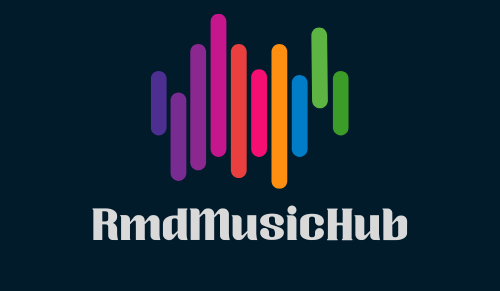In the rich tapestry of film, music is much more than a background element; it is a driving force that shapes the emotional landscape of a cinematic experience. From the swelling overtures of classic Hollywood to the pulsing synths of modern thrillers, film scores and soundtracks play an integral role in storytelling, character development, and audience engagement. This article delves into how music in movies transcends mere accompaniment to become a vital part of the narrative, often becoming as iconic as the films themselves.
The Emotional Architect of Film
Music is the unseen emotional architect of film, with the power to manipulate and guide the feelings of the audience. A film score’s primary function is to evoke a specific emotional response at the right moment, enhancing the visual experience by adding layers of depth and nuance. For example, consider John Williams’ legendary score for “Star Wars.” The opening fanfare alone is enough to instill a sense of adventure and excitement, setting the tone for the epic saga that unfolds. This demonstrates how effectively music can communicate the scale and ambition of a story even before a single line of dialogue is spoken.
Character Development Through Melody
Scores and soundtracks also play a crucial role in character development. A character’s theme music can speak volumes about their personality, motives, and future actions. Take Ennio Morricone’s haunting harmonica in “Once Upon a Time in the West.” The repetitive, melancholic melody introduces a mysterious character whose past and motivations are slowly revealed through the film’s progression. Similarly, the use of “The Imperial March” in “Star Wars” audibly illustrates Darth Vader’s menacing power and authority, cementing his status as one of cinema’s most formidable villains.
Setting the Scene
Beyond characters and emotions, music is instrumental in setting the time and place of a film. The 70s rock anthems featured in “Guardians of the Galaxy” not only enrich the viewing experience but also establish the character of Star-Lord as a man out of time, clinging to the remnants of his Earth-bound childhood. This brilliant use of a soundtrack helps viewers connect with the character on a personal level, bridging the gap between the audience and the cosmic escapades on screen.
Music as Narrative
In some films, music transcends the traditional role of a score and becomes part of the narrative itself. Movies like “The Sound of Music” or “La La Land” use their musical components to drive the storyline, blending dialogue and melody in a seamless narrative flow. The lyrics and music are so integral that they almost act as additional dialogue, revealing plot details and character arcs that are vital for the narrative progression.
Iconic Scores and Cultural Impact
The impact of an iconic score reaches beyond the confines of the cinema into the cultural zeitgeist. The eerie two-note motif of John Williams’ “Jaws” score has become synonymous with impending doom, influencing not just film, but also television, music, and popular culture. The power of this simplicity cannot be overstated; it is instantly recognizable worldwide, proving that sometimes less is indeed more.
Soundtracks That Defined Generations
Soundtracks also have the power to define generations. The disco-infused tracks of “Saturday Night Fever” not only enhanced the film’s impact but also helped to define the musical era of the late 1970s. These songs weren’t just background music; they were carefully chosen to reflect the film’s urban setting and the protagonist’s journey, capturing the essence of an era.
Psychological Influence
The psychological influence of music in film can also be profound. The soundtrack of “Psycho,” particularly the screeching strings during the shower scene, has become one of the most iconic moments in film history. Bernard Herrmann’s score plays a critical role in building tension and shock, demonstrating how music can be employed to amplify psychological effects.
Evolution of Film Music
The evolution of film music from classical orchestration to include electronic elements and pop songs reflects broader changes in technology and culture. Modern films often incorporate electronic music to resonate with contemporary audiences, such as the pulsating, synth-heavy score of “Blade Runner 2049” by Hans Zimmer and Benjamin Wallfisch. This evolution shows the adaptive nature of film music, as it continues to find new ways to enhance the cinematic experience and connect with audiences.
Conclusion
The role of music in movies is as vital as any visual element. The right music can elevate a film, transforming it from a mere sequence of scenes into a compelling story that resonates emotionally and culturally. Iconic scores and soundtracks remain with us, long after the credits roll, continuing to influence, inspire, and enthrall. For filmmakers and composers, understanding the power of music is key to unlocking the full potential of their art, making their films not just seen but truly felt.
As we continue to explore the vast possibilities of film and music combined, we are reminded of their profound ability to touch our lives. The next time you watch a movie, take a moment to listen—not just to hear, but to truly experience the music. You might find it’s the soul of the story.
This exploration into the role of music in movies underscores its significance not just as a supplementary element but as a powerful storytelling tool that filmmakers wield to enhance their narrative and engage audiences worldwide, ensuring that their creations leave a lasting impact both on and off the screen.


